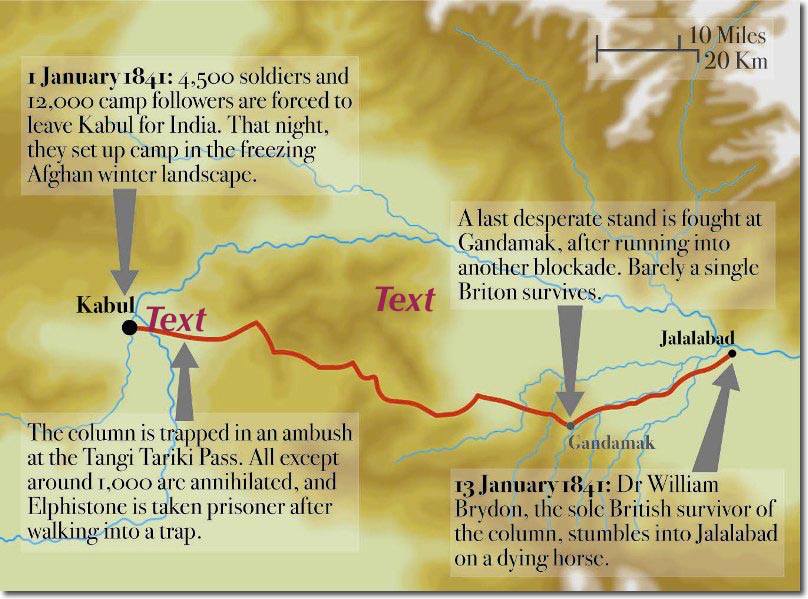The Remanent of an Army
In John Keay’s epic "When Men and Mountains Meet: The Explorers of the Western Himalayas 1820-1875" there is mentioned a certain meeting between Raja Gulab Singh (The future Maharaja Gulab Singh of Jammu and Kashmir) and the British Governor of Punjab who’s name I cannot recall. It was sometime in 1842. And it was in Shimla. It was in the times of the Great Game.
After the traditional exchange of greetings between the two men, who didn't seem to be too fond of each other, they sat down. Raja Gulab Singh started the conversation. He said he had bad news coming from the side of Afghanistan. It seemed that the Sun had been eclipsed. The Great British Army of the Indus had been annihilated and only one person out of over 20,000 had made it back to safety into British territory. The Britisher looked up at the Raja of the Dogras, and without twitching an eyelid said that Raja Sahib I too have bad news for you. These come from the Trans Himalayan region of Tibet. Your General Zorawar Singh and his Army on its way to conquer Lhasa had been all killed in an engagement with a joint Chinese-Tibetan force and a few remnants of the Dogra Army had managed to make their way to the British Garrison in Almora. It seemed that the Moon too had been eclipsed, Raja Sahib.
Raja Gulab Singh had often retorted to the British that his (Sikh Kingdom) was a Moon in front of the Sun that the British Empire was. But for the time being both seemed eclipsed.
Whether both men were already aware of the happenings on either side of the Himalayas as they sat that day in Shimla is anyone’s guess. Both were tough Military men, being Generals in the most powerful Armies on the sub-continent were not me who would let go of their emotions. The Great Army of the Indus, of the powerful British had been all but massacred by the Afghans and on the other side the powerful Dogras led by General Zorawar Singh had met a similar fate at the hand of the Tibetans. It was a great set back to both parties and revenge was already on the cards.
It is often said that the achievements of General Zorawar Singh were overlooked by historians of that time as they were focused on the events in Afghanistan as the First Anglo Afghan battle was underway and even after winning the initial Battles and in control of Kabul they could not hold the Afghans under control for long. Kabul proved too much for the British to handle And in the beginning of January 1942 they decided to evacuate Kabul and crossover the Hindu Kush into friendly territory across the Khyber. The whole British enterprise into Afghanistan through Sikh territory was the fear of the Afghan Rulers getting an alliance with the Russians who were seen as actively trying to undermine British interest in Afghanistan like they had done in Persia.
The only surviving member of the Army of the Indus, was the assistant Surgeon William Brydon who was immortalised in this classical Painting by Elizabeth Butler called the “Remnant of an Army” as he trudged on his tired horse with the Fort of Jalalabad in sight. It is said that the Horse died as soon as he was put into a stable. Dr.Brydon also survived by sheer good fortune although a part of skull was sheared off by an Afghan sword but he had stuffed a Magazine in his hat to keep his head warm in the freezing snowbound Passes of the Hindu Kush. The Magazine took the brunt of that Afghan sword swipe and hence the Doctor survived. The only survivor of the Army of the Indus.
The painting is dated January 13, 1942.
PS: There were other survivors but they emerged later as they were rescued by successive punitive Missions by the British.


